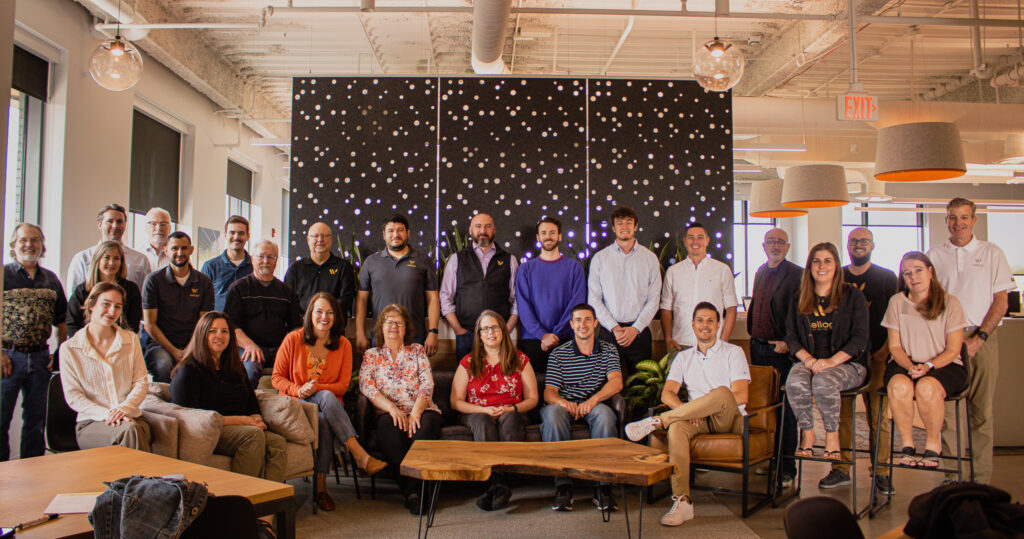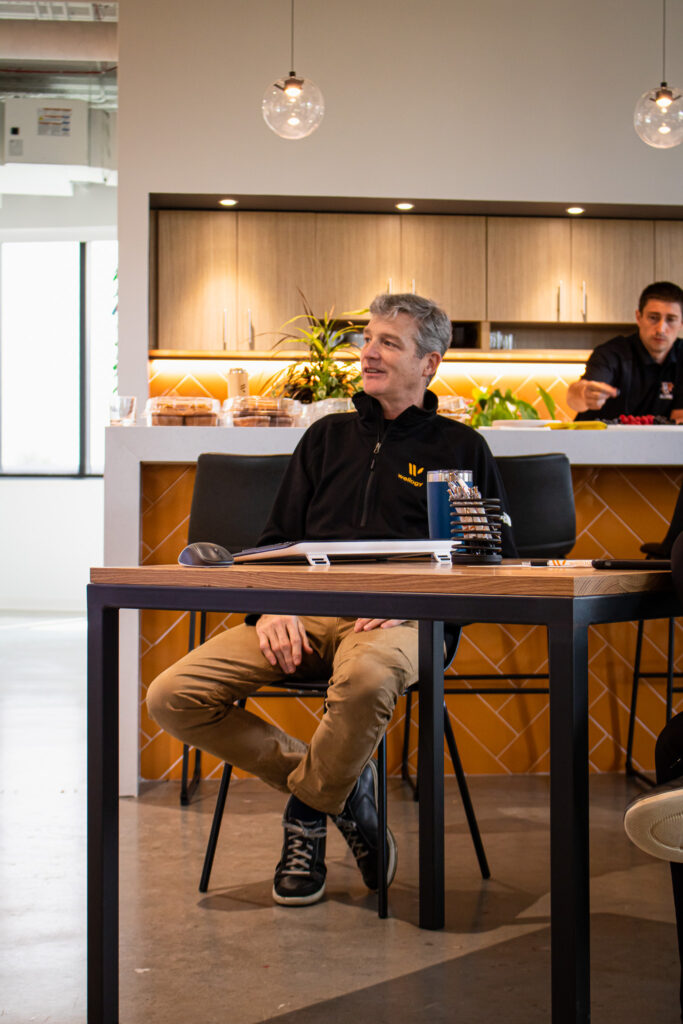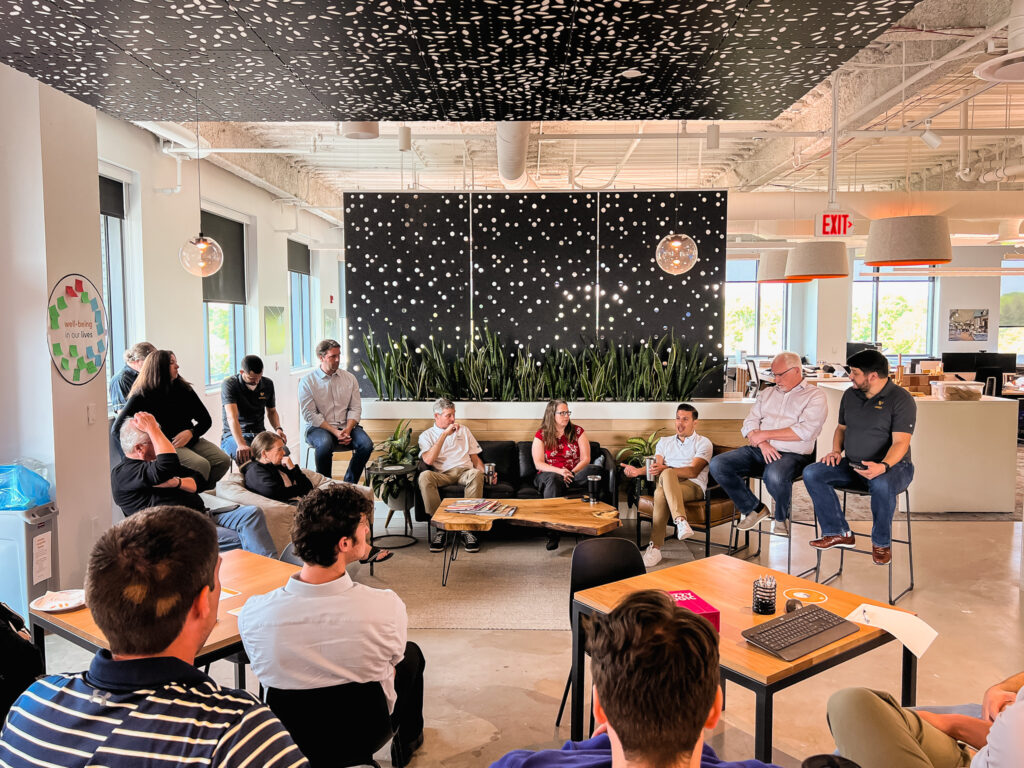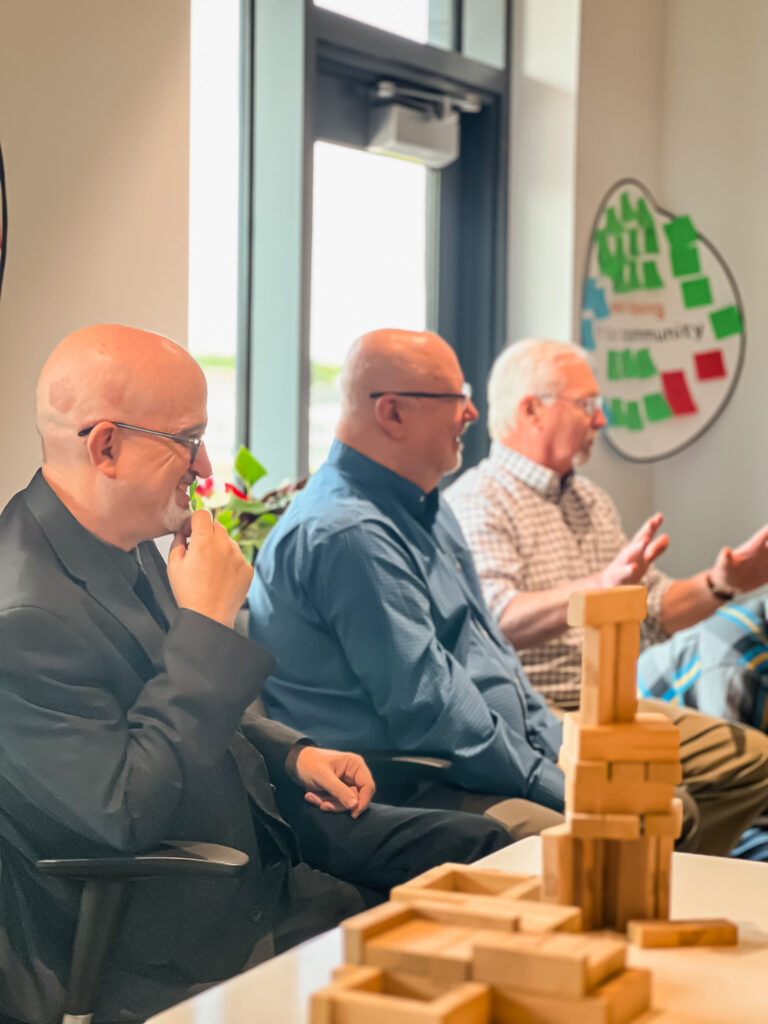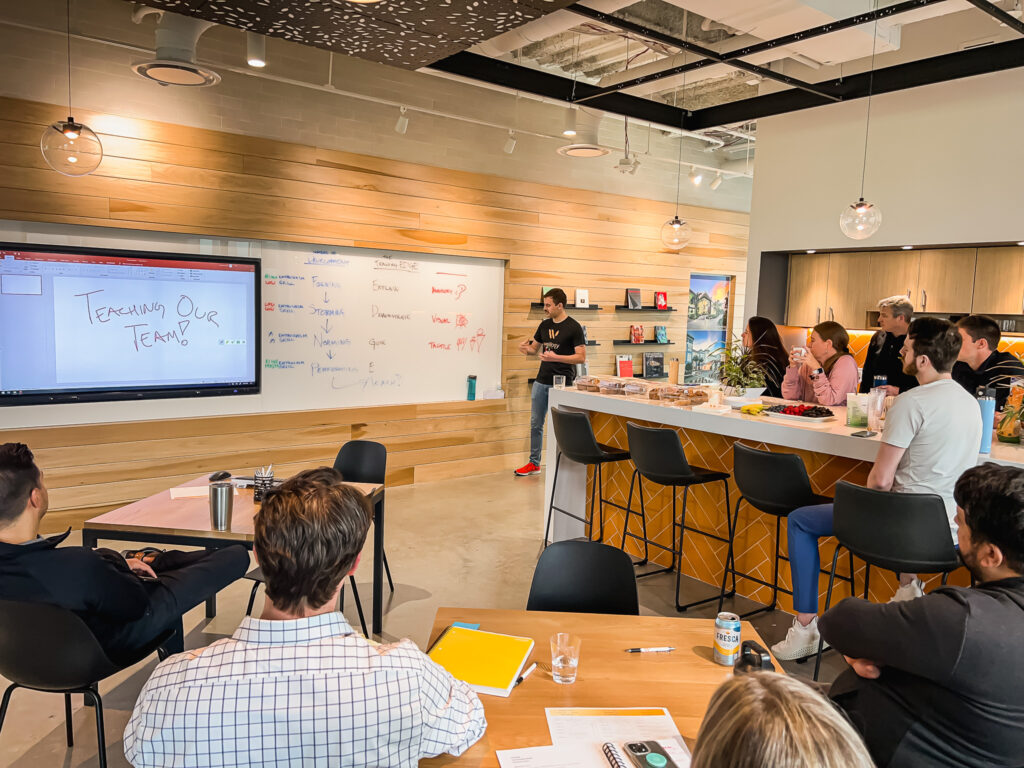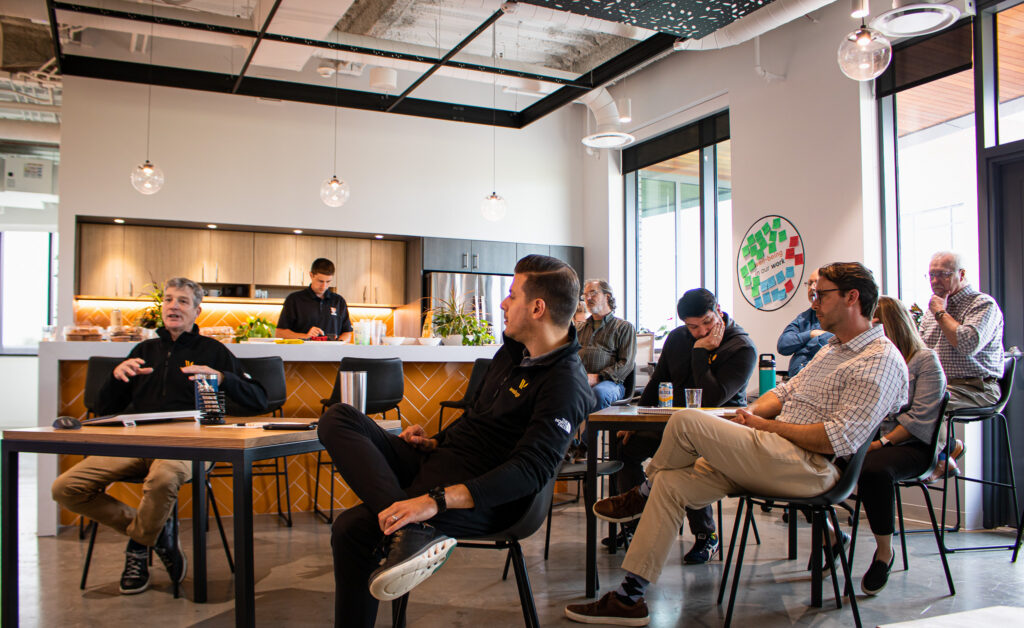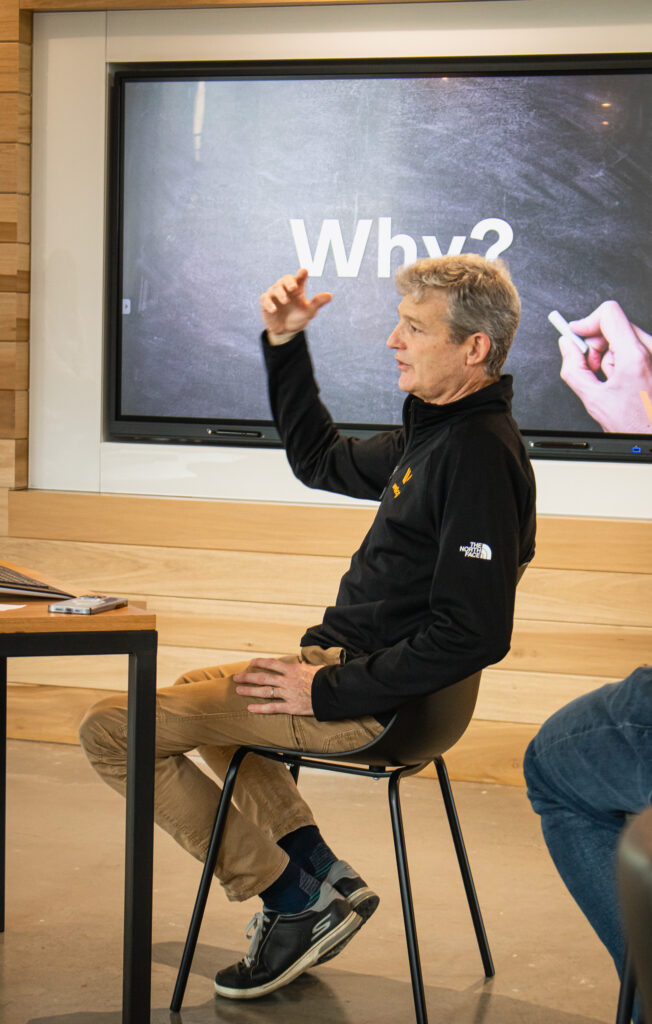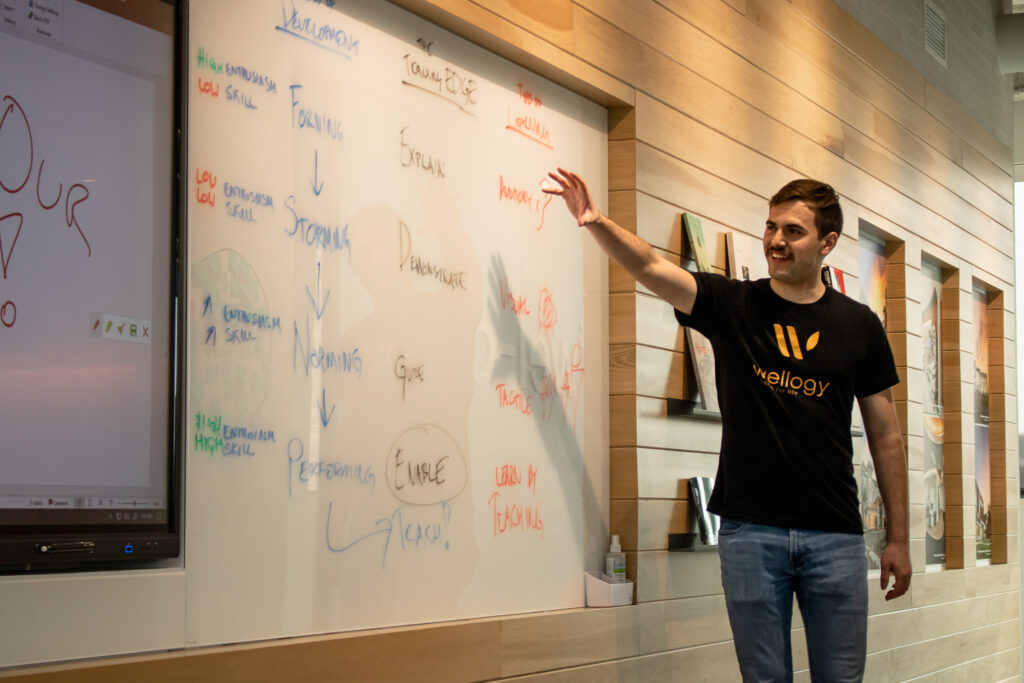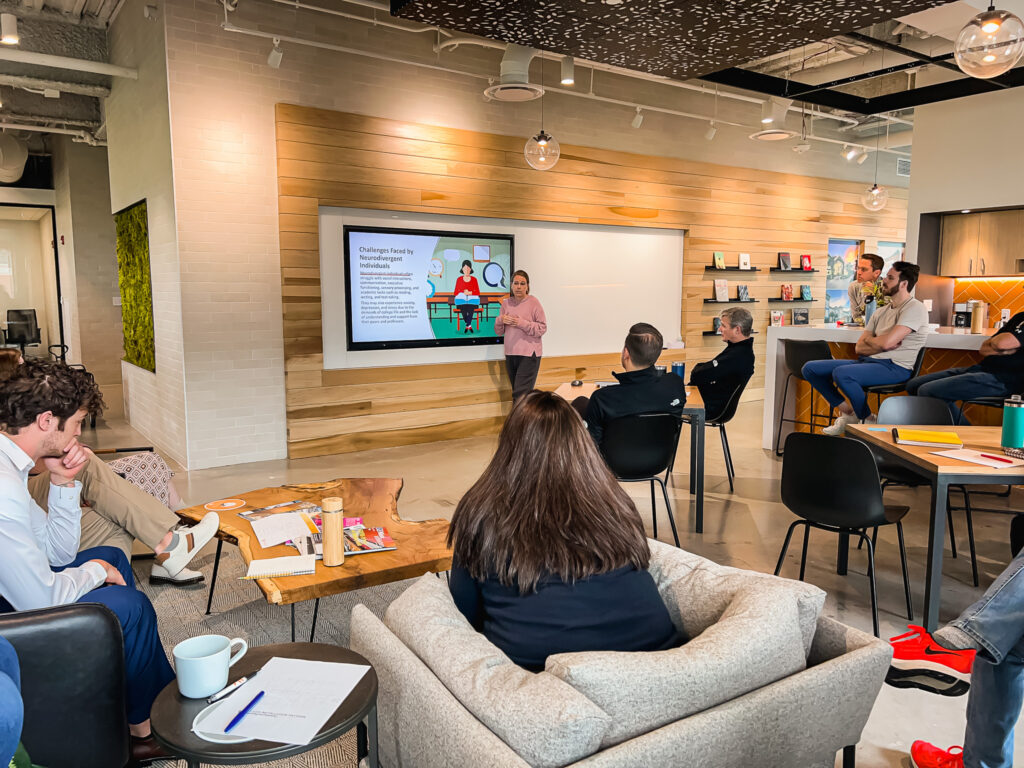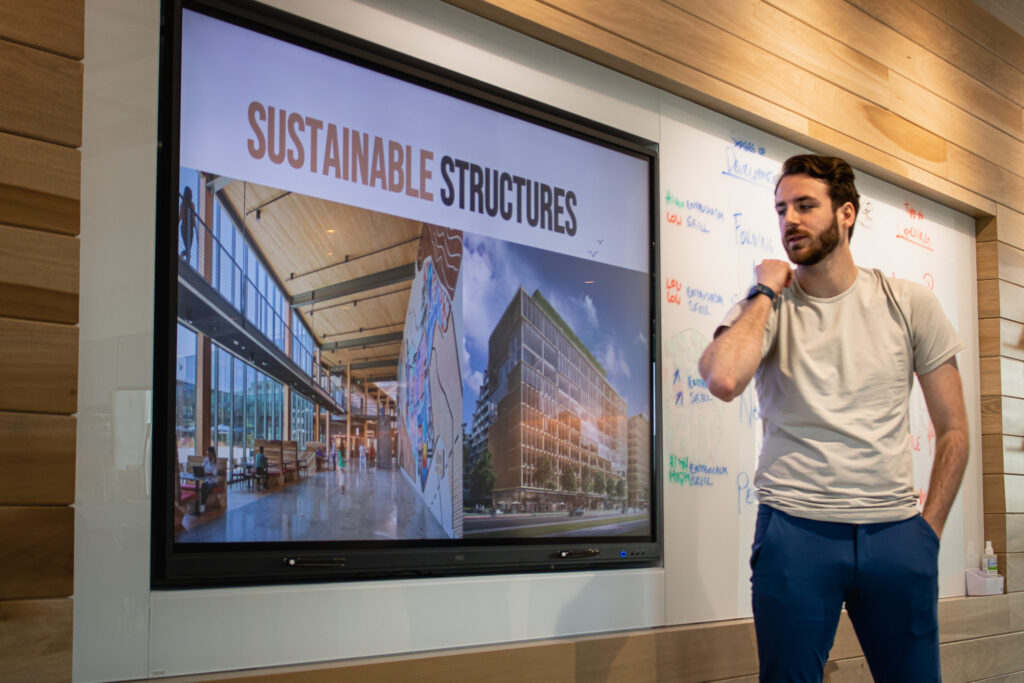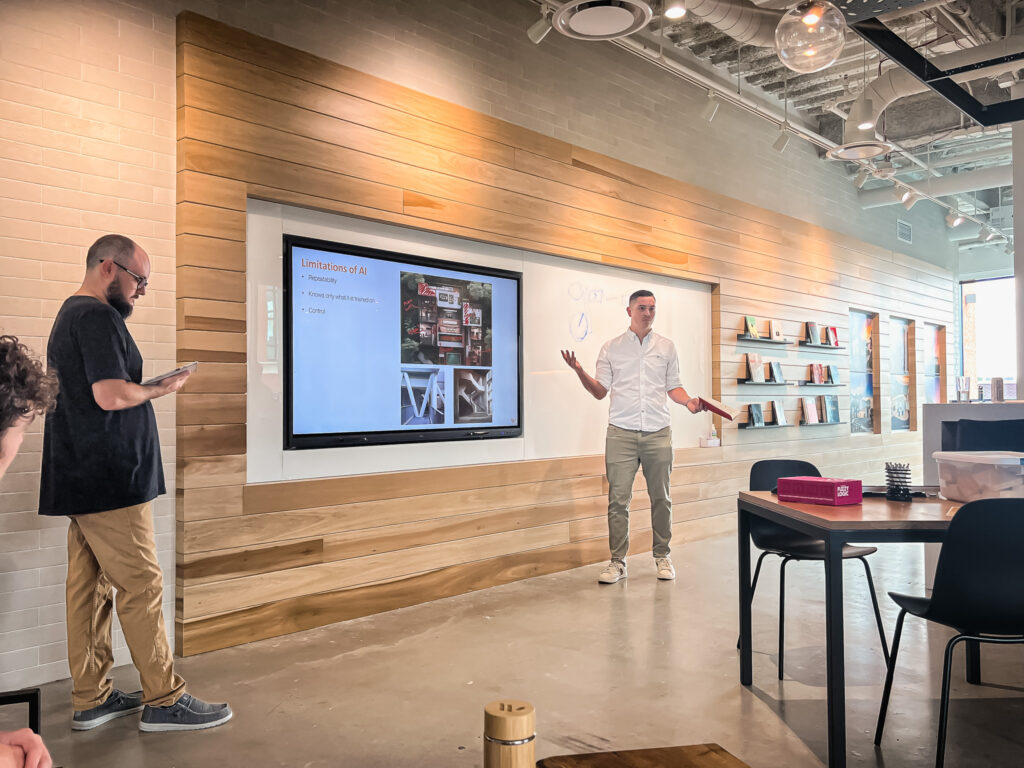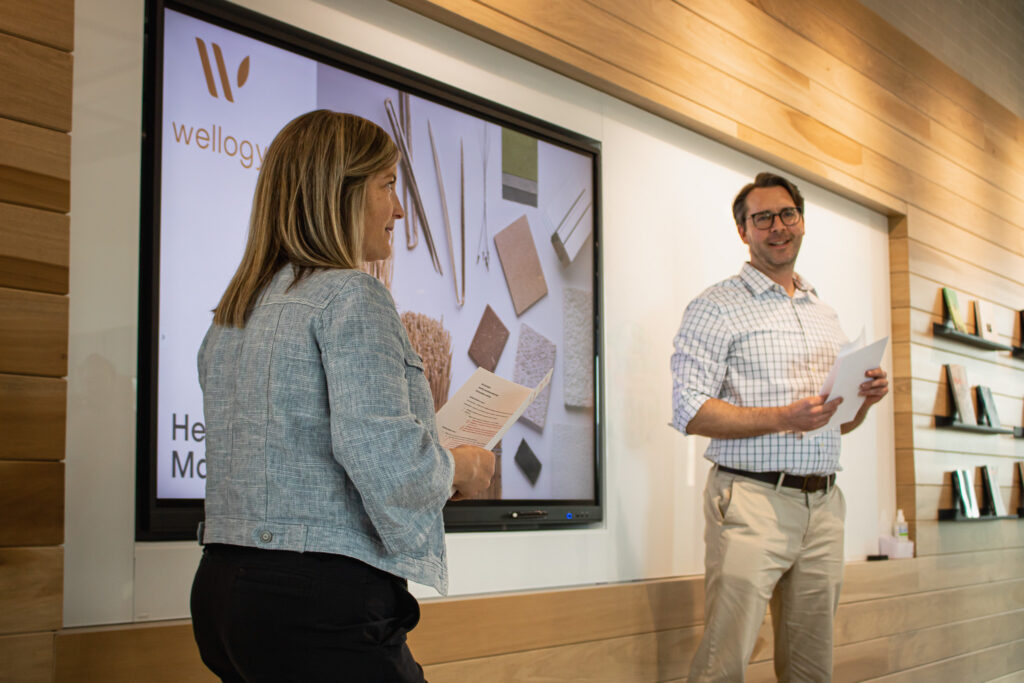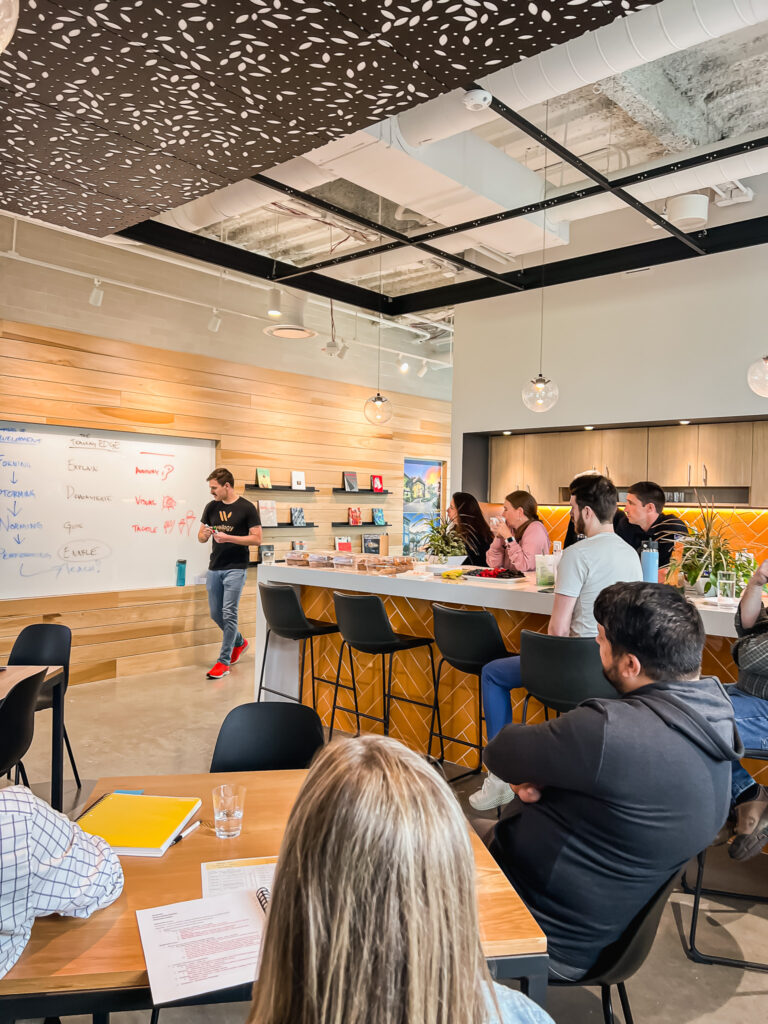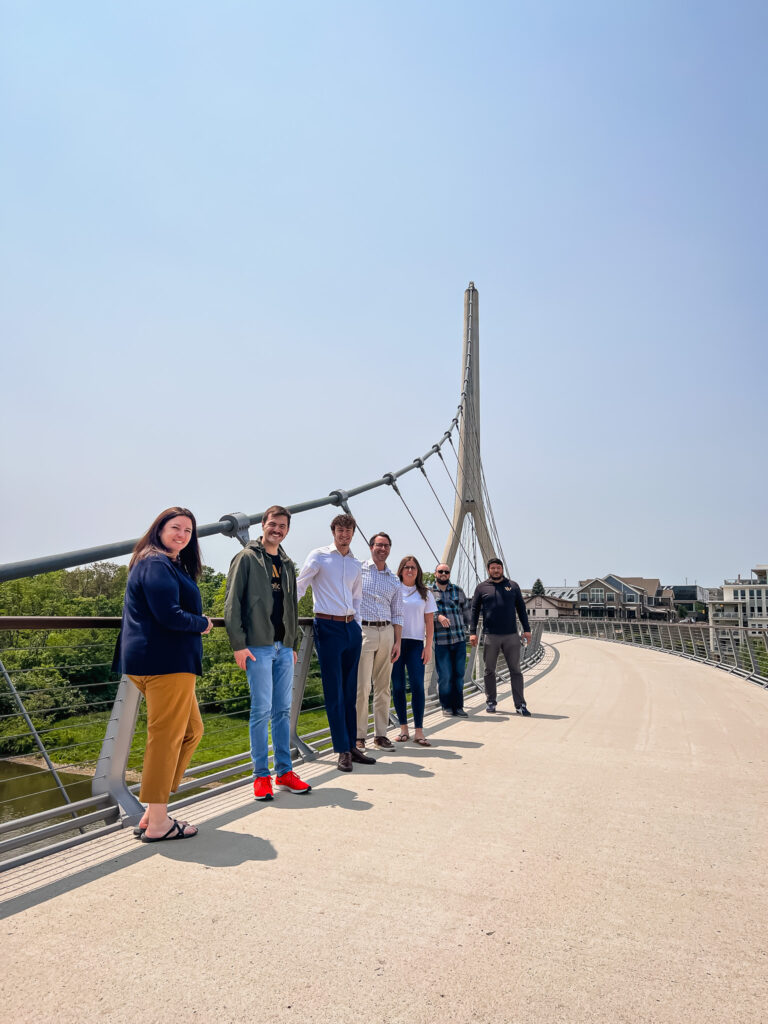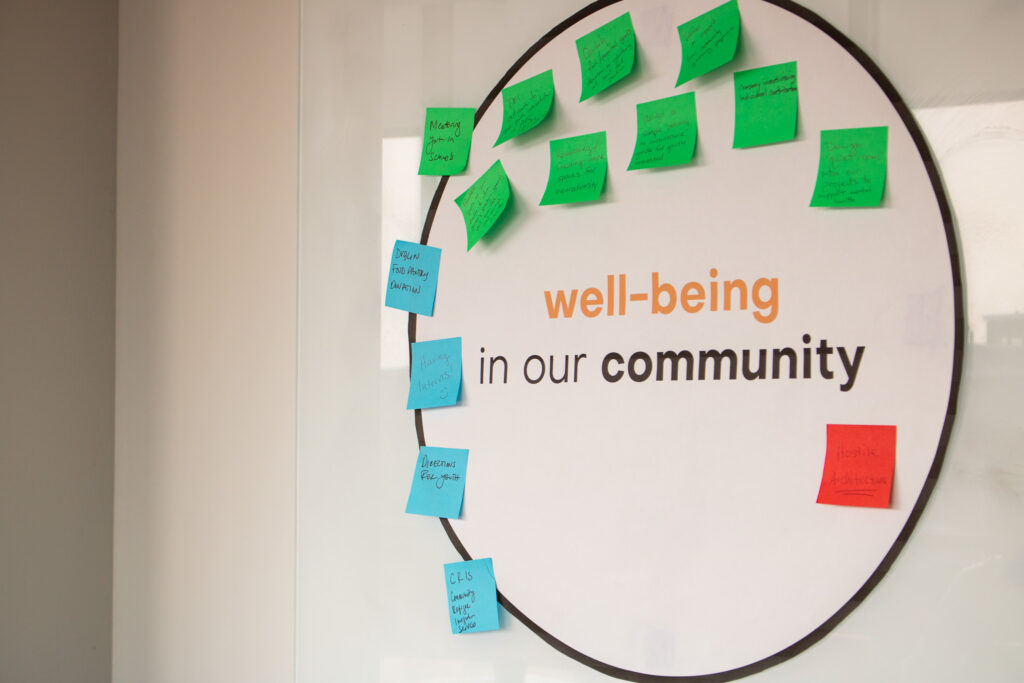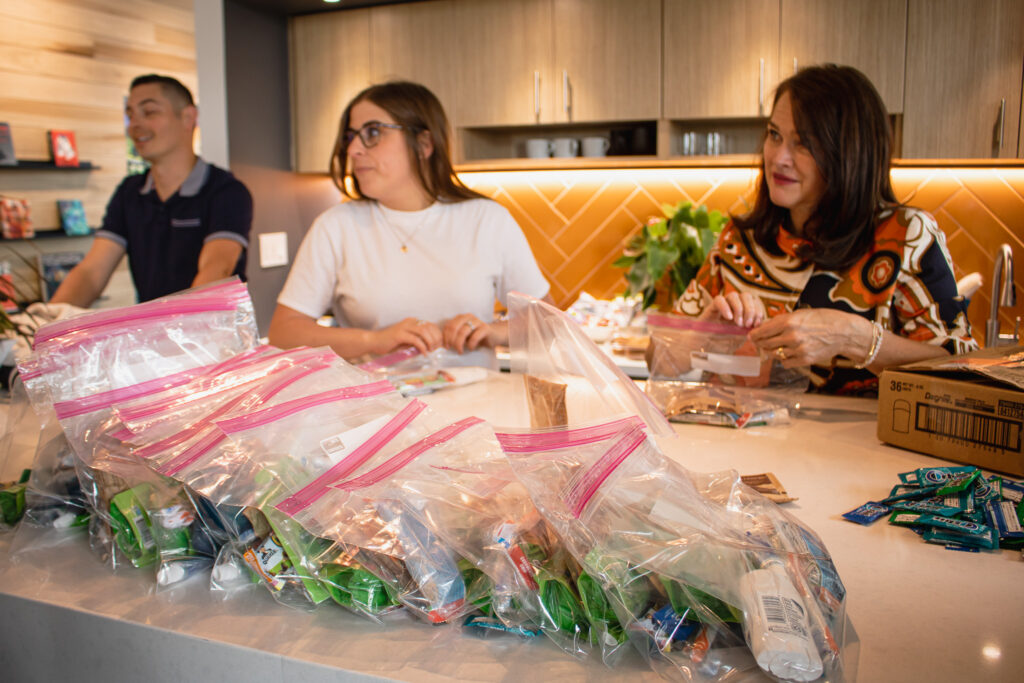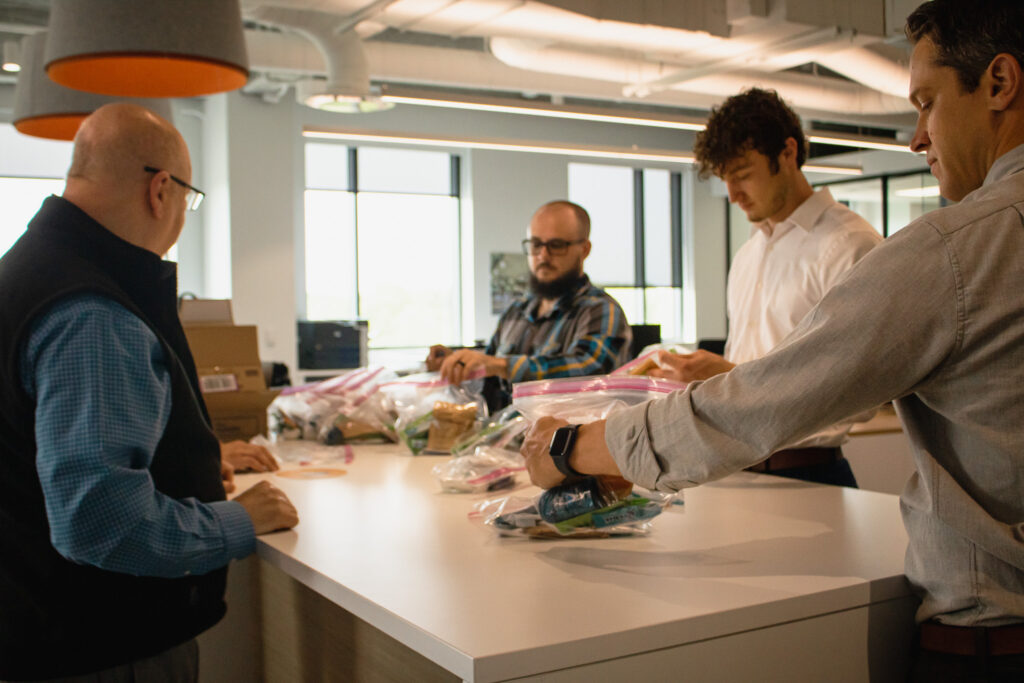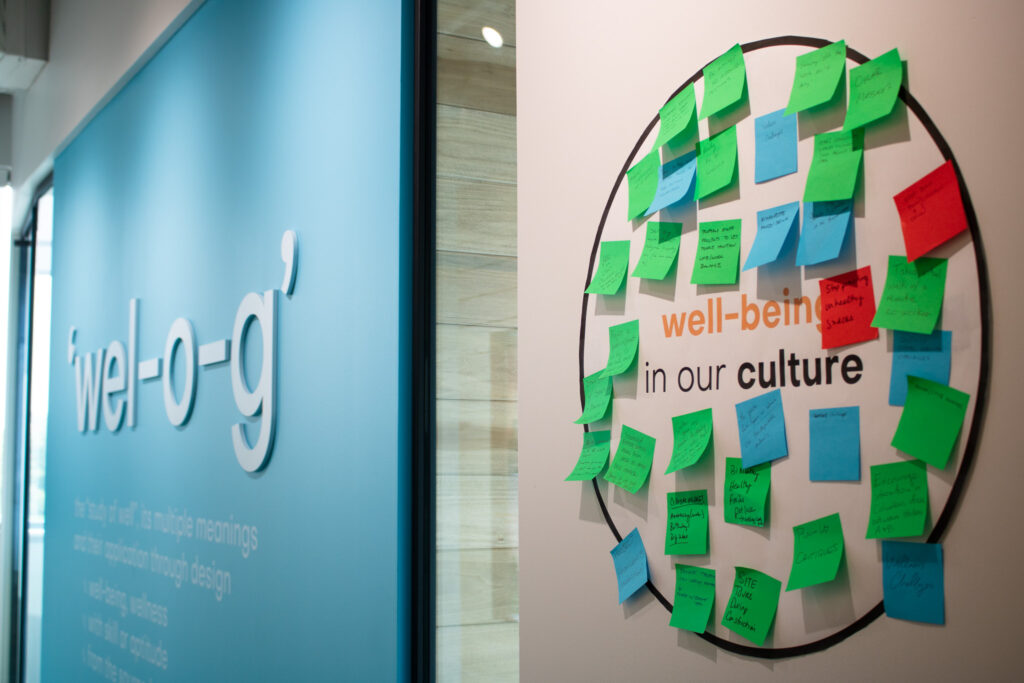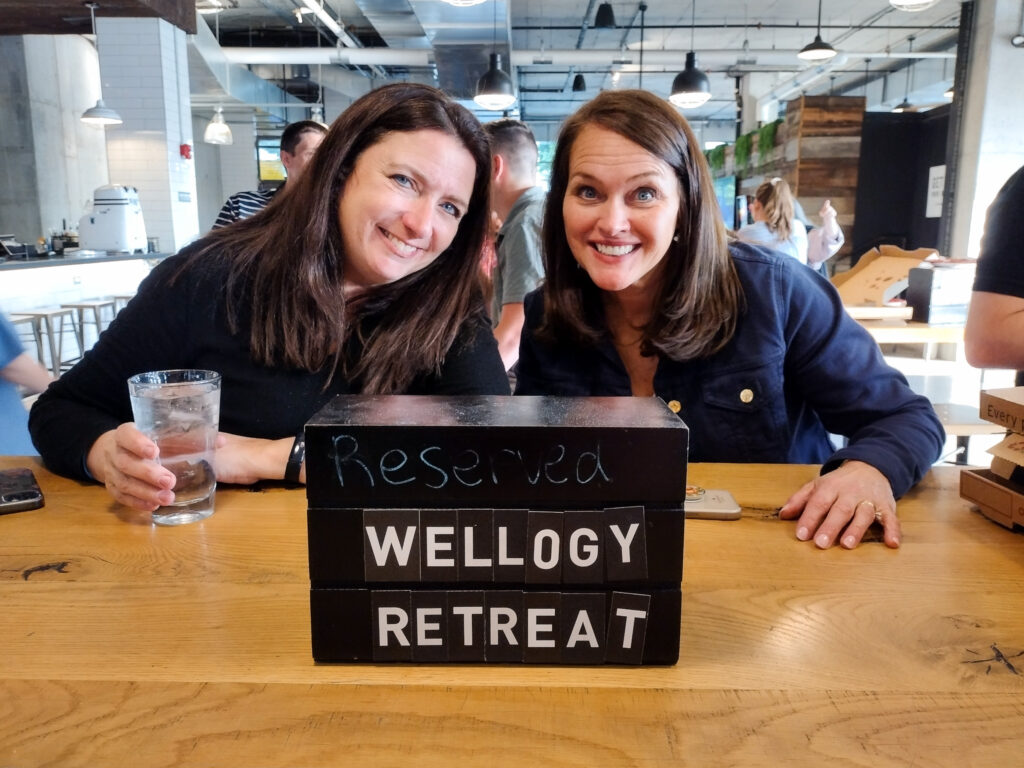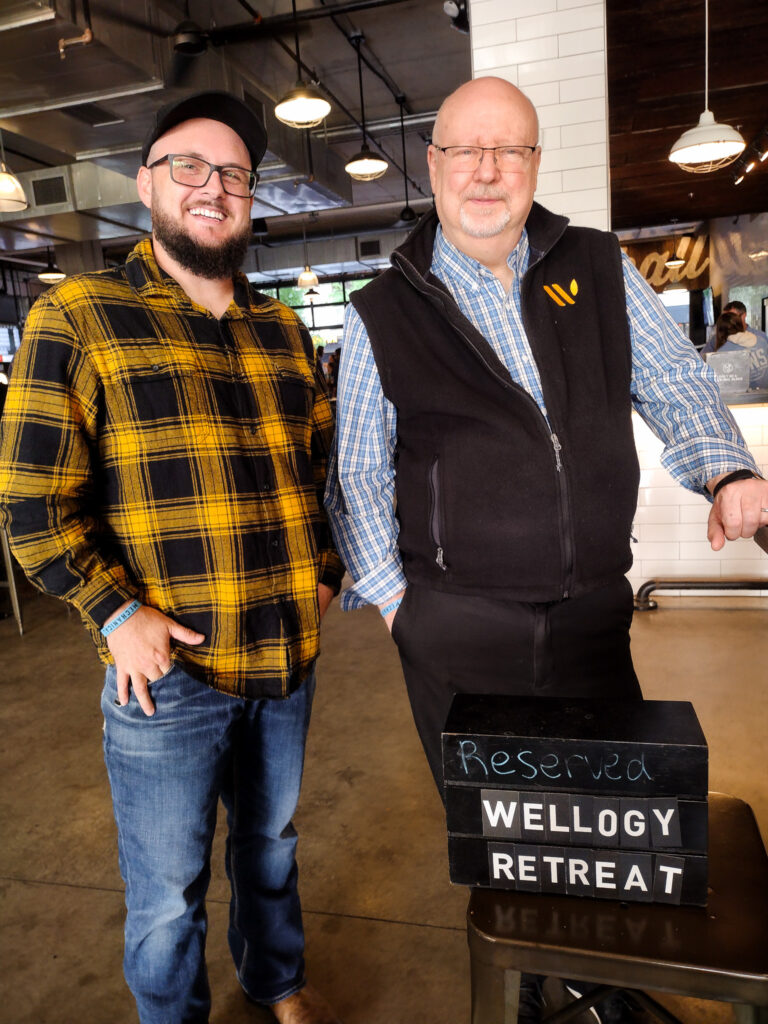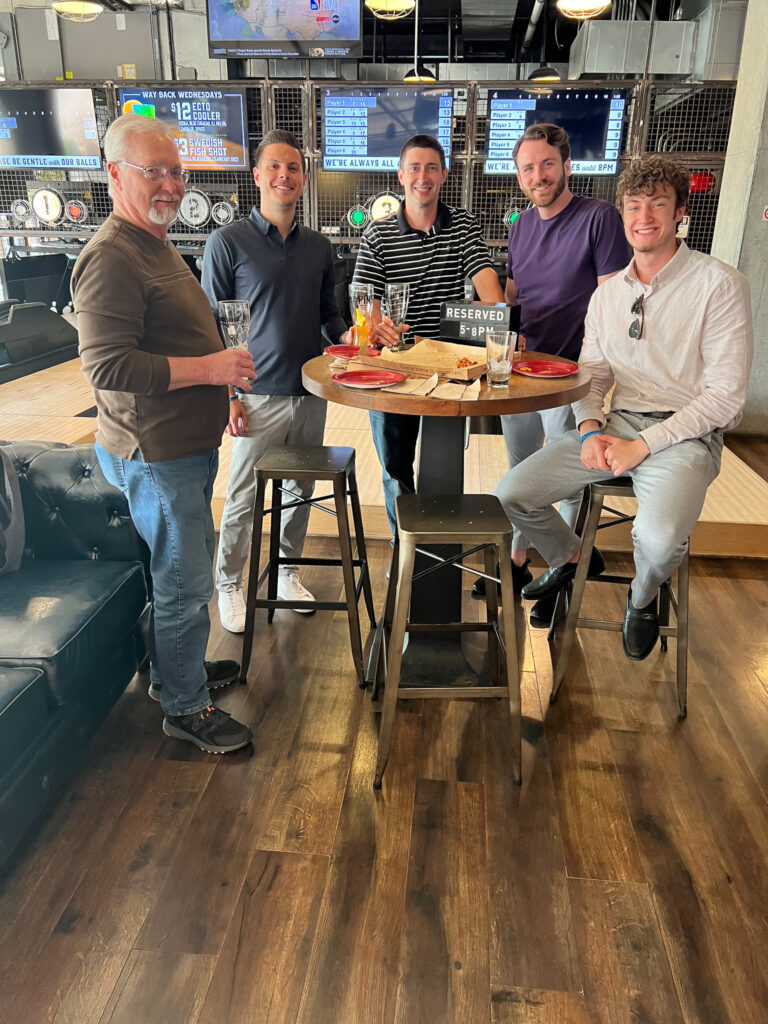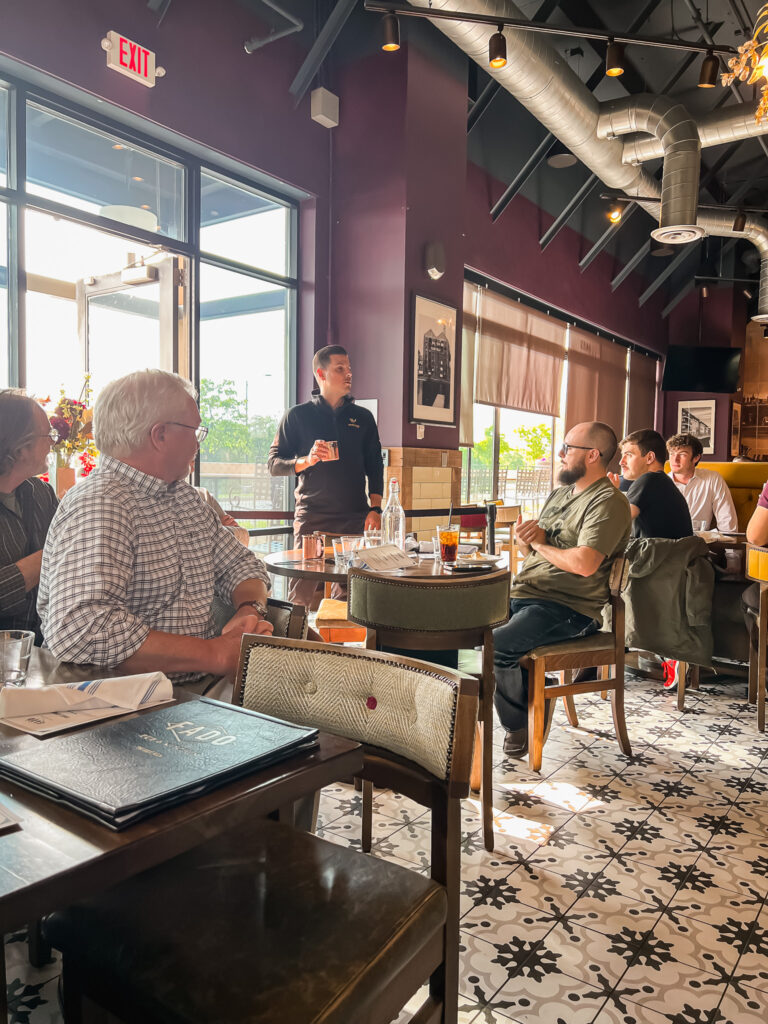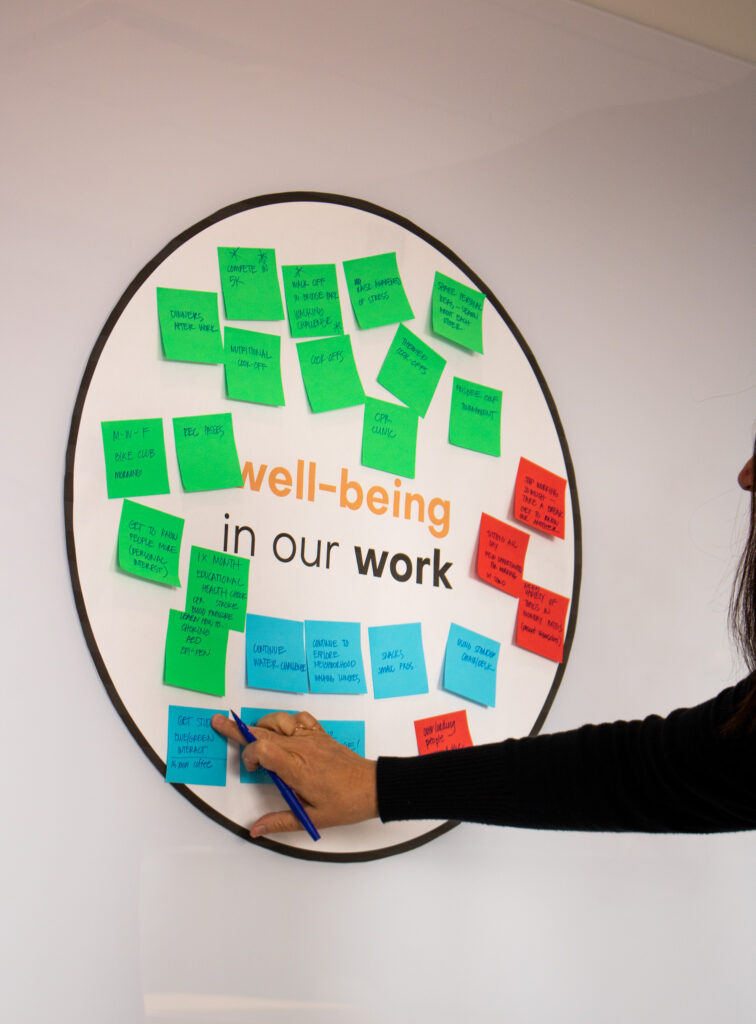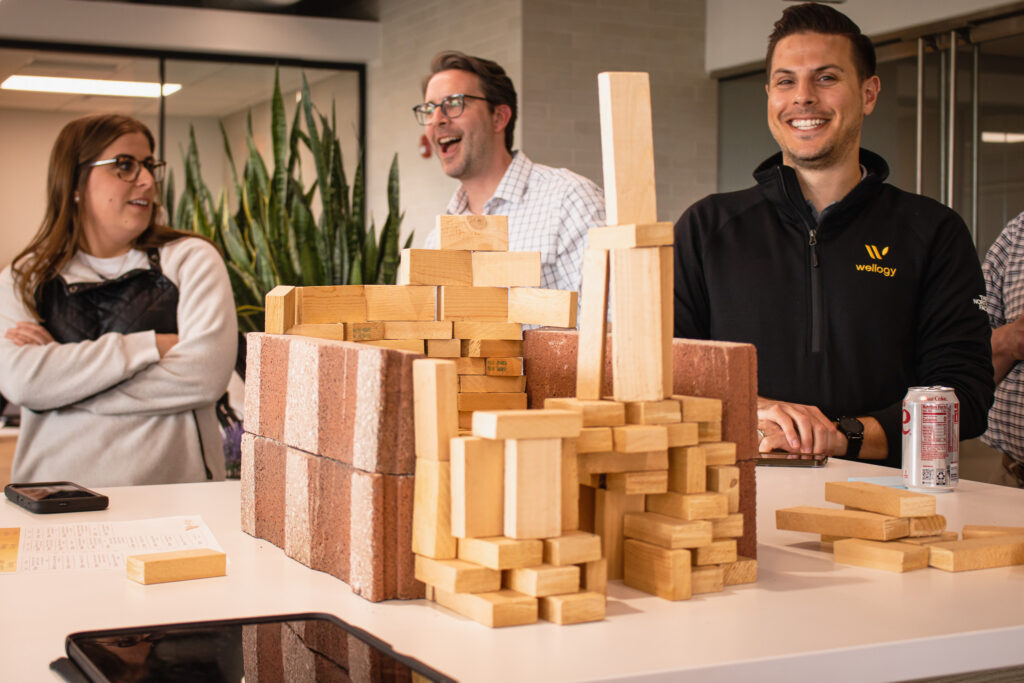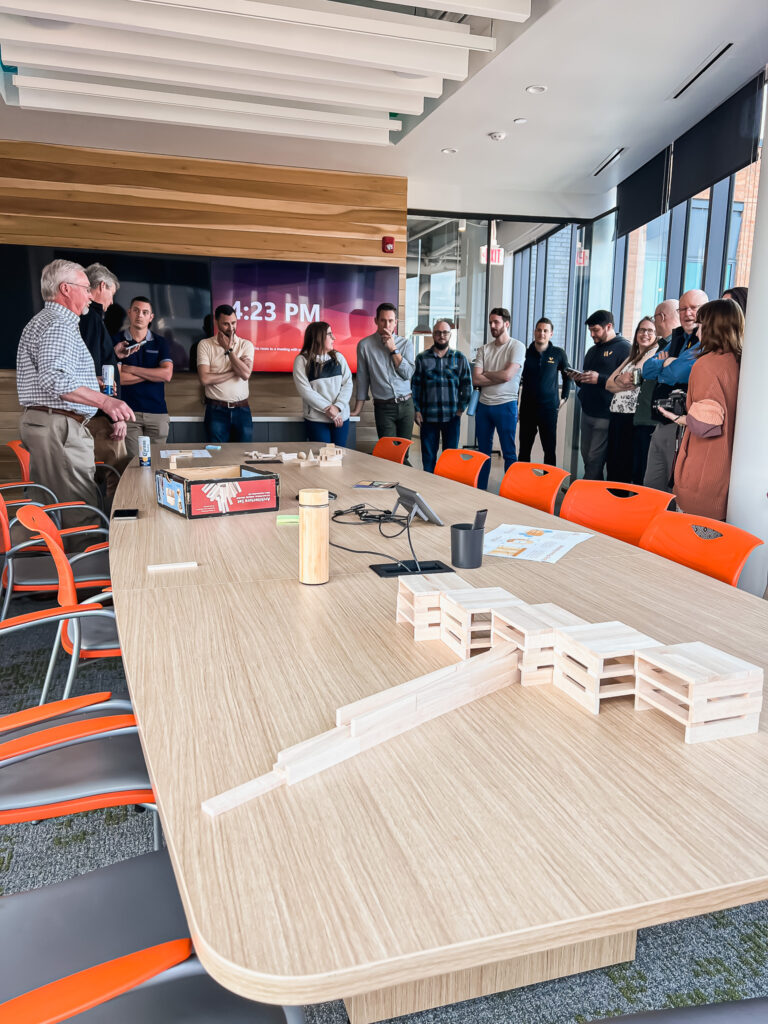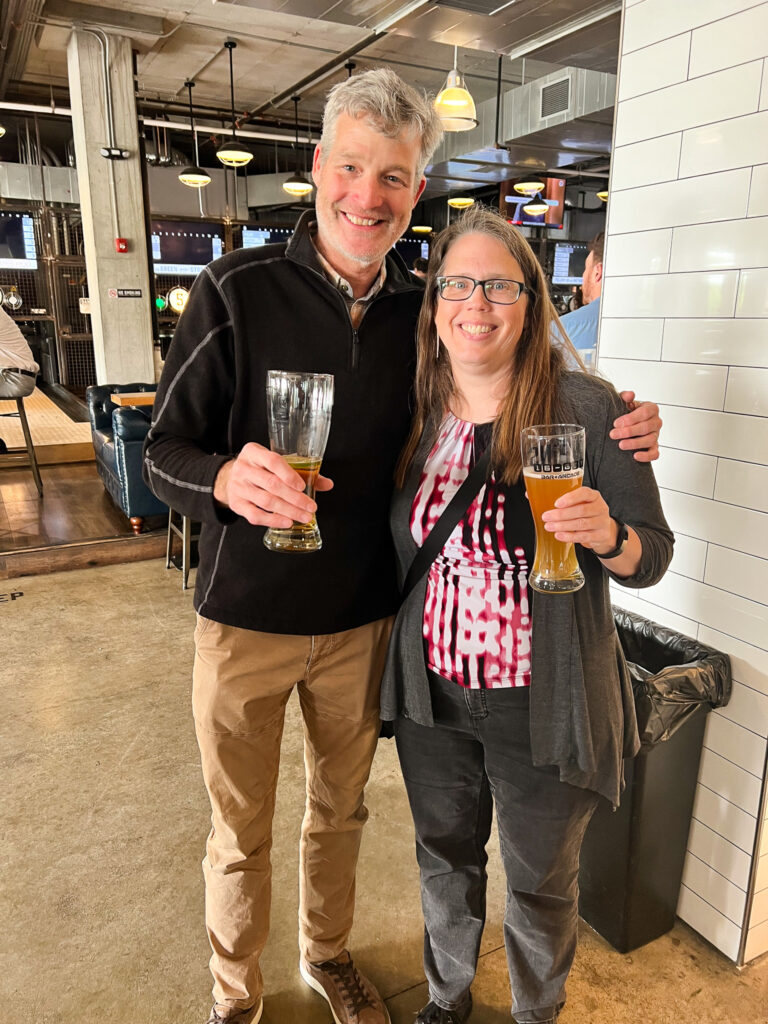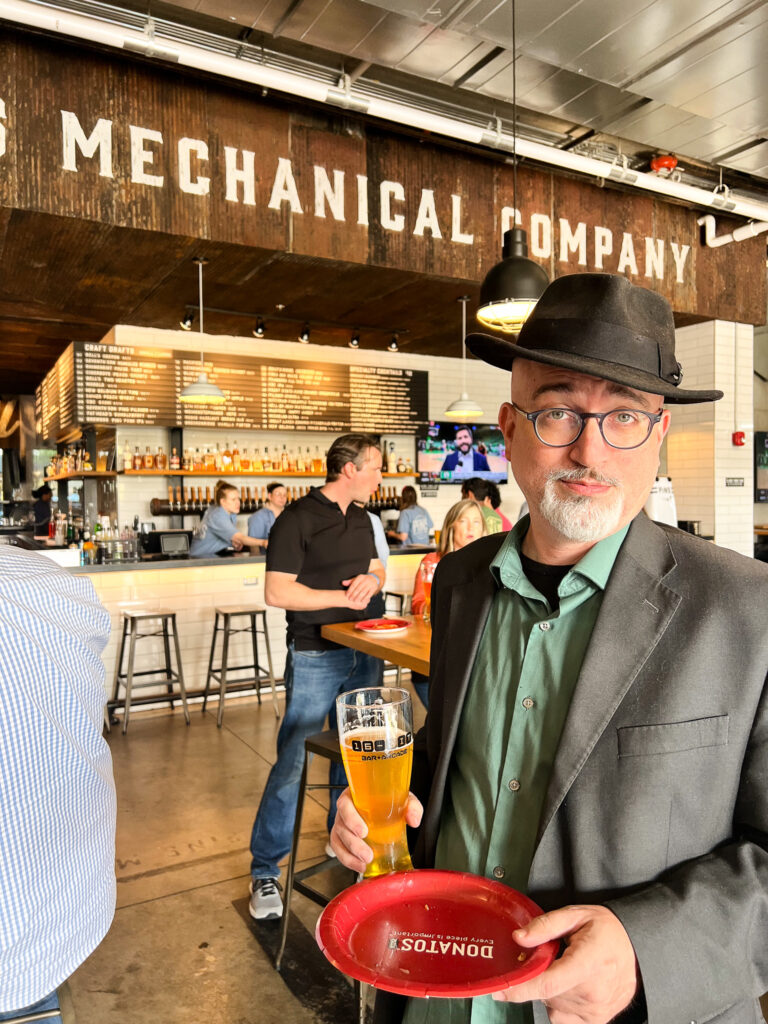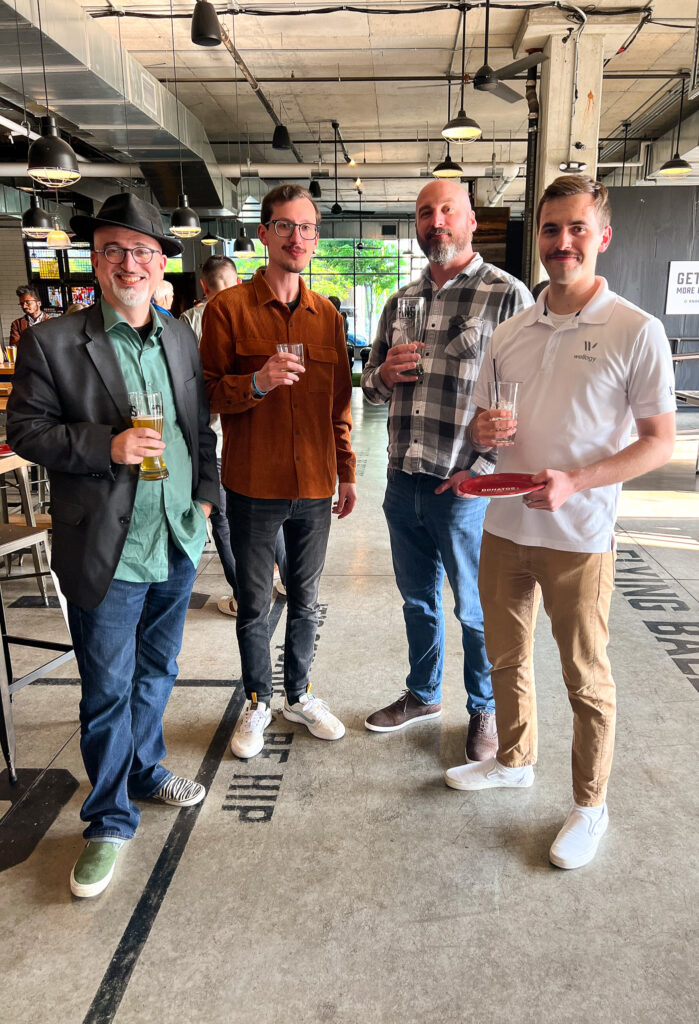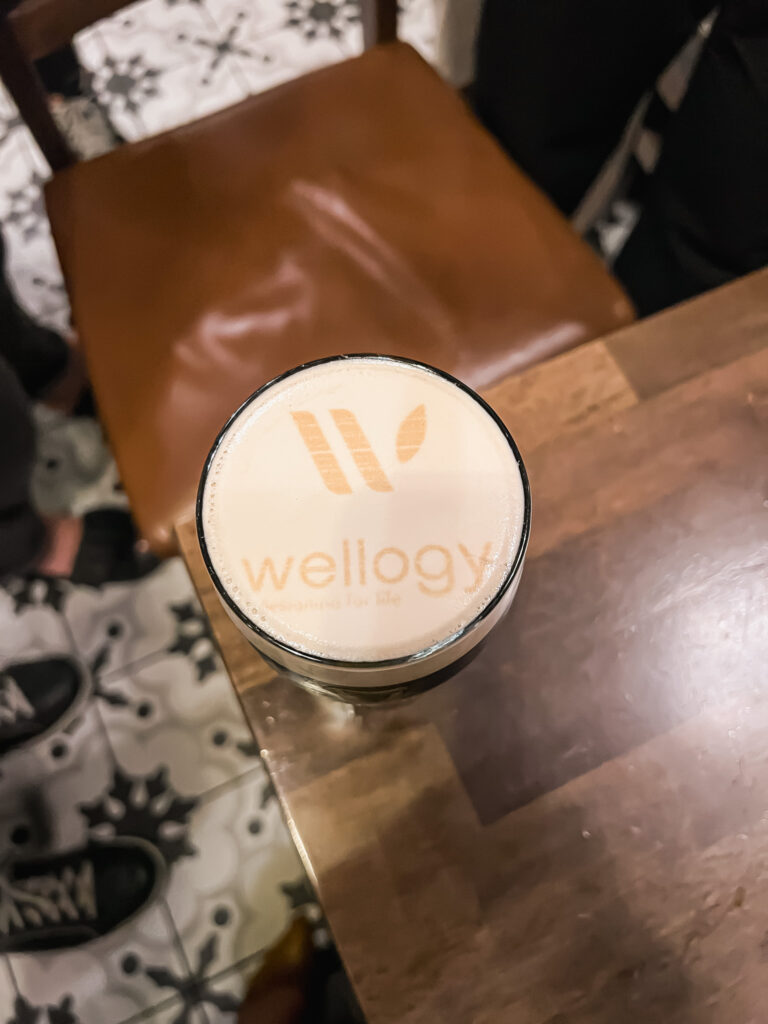Wellogy proudly announces that Kathleen Kelly, MBA, AIA, LEED AP has been selected as one of SCUP’s Fellows for 2023-24. Kelly is a Principal and the Director of Strategy for Wellogy. She leads many of the firm’s prominent projects.
SCUP, the Society for College and University Planning, is the esteemed “community of higher education leaders who, through integrated planning strategies, are building a sustainable future for higher education,” according to the organization’s website. The organization has 5,200 members in 33 countries and is headquartered in Ann Arbor, Michigan.
Each year, SCUP reviews the applications, credentials, and topics of interest from submitting members to choose two fellows who will conduct extensive research and contribute to SCUP’s knowledge base of integrated planning. The yearlong study is concluded with a final report and presentation of findings at SCUP’s Annual Conference. Kelly will make her presentation at the conference in July 2024.
Applicants were required to expand on their area of interest and propose methodology and deliverables to share how the outcomes of their research will inform or advance higher education planning. Kelly chose “Inclusion and Equity for the Neurodivergent Campus Community” as her topic. Her 30 years as a practicing architect and passion for creating inclusive places of well-being have led her to the interest and drive behind the research project.
“The collegiate population impacted by varying degrees of neurodivergent symptoms is pressing upwards of 30 percent. In my work, I witness firsthand how the environment impacts well-being. Space designed to recognize neurodiversity, allowing people to be apart but together, to retreat, or to socialize, is a requirement in designing for inclusion and equity for a diverse audience,” according to Kelly.
The project seeks to identify emerging trends in achieving inclusivity, investigate the neuroscience behind existing barriers, and conduct human reaction studies using virtual models through participatory design. The goal is to create evidence-based, inclusive environments that eliminate environmental obstacles for individuals with unique social needs. By understanding the physiological reactions and responses to form, shape, color, light, sound, texture, and graphics, designers can eliminate artificially stimulating spaces, reduce stress, and create truly inclusive environments.
